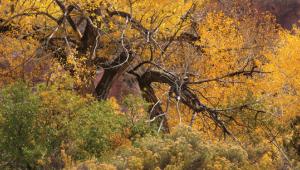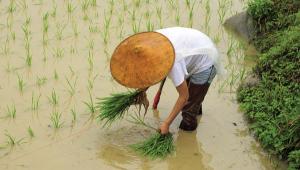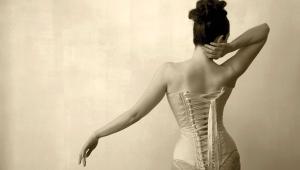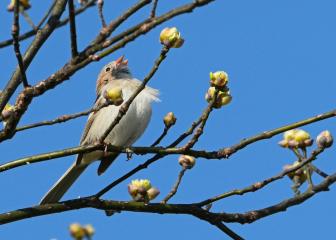Women In Photography
Marnie Crawford Samuelson
| Marnie Crawford Samuelson recalls one of her earliest influences, the photographer Sam Abell, telling about a body of work he did on canoeing. His bosses were not enthusiastic about the project initially but Abell had strong feelings and decided to bet his career on the story. For Crawford Samuelson the story was an inspiration. Interest alone could not propel an idea--it took passion. Crawford Samuelson's
passion is twofold, interwoven as a mother and a photographer. Her story
began 10 years ago when she and her partner decided to adopt a child
internationally. Latin America was a close neighbor, a place they could
visit regularly, and learning to speak Spanish didn't seem a likely
barrier. After researching their options, the decision was made to adopt
in Peru. Unaware of the extent of civil war and terrorism raging there,
the couple arrived in Peru with what Crawford Samuelson calls "a
third grader's knowledge of the country." |
















































